Jose de Ribera is a maniac artist, acquitted after 400 years
Finding the fine line between genius and madness is very difficult. It is especially difficult to understand the worldview and feelings of a person who created four centuries ago. Over the secret of Jose de Ribera, the Spanish painter of the Baroque era, art historians and psychologists are still struggling, sometimes justifying the Master, then finding new evidence of his obsession.
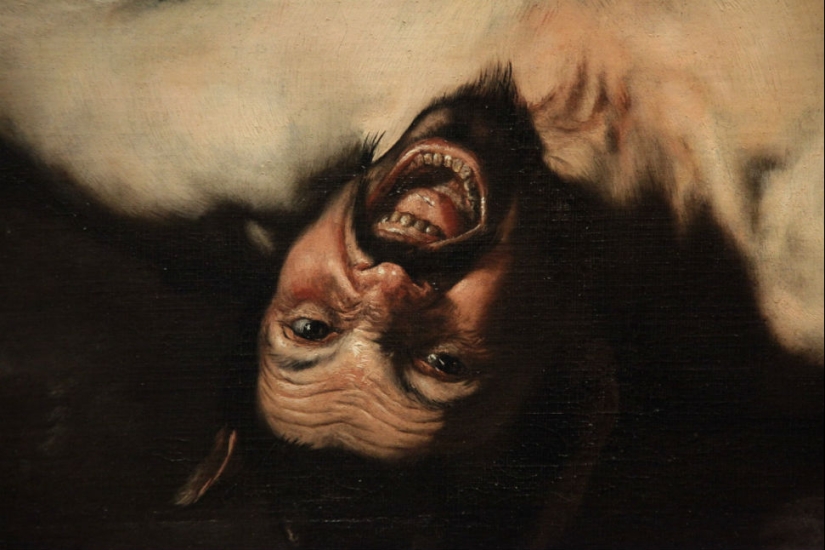
It is not news to anyone that the creators of the Middle Ages knew a lot about the depiction of torture, executions and torment. What to do — a resident of Europe in those days, torture and death were especially close, as they were surrounded everywhere. Epidemics of plague, smallpox and cholera, wars, as well as regular show executions on squares and city walls made the presence of an old woman with a scythe quite commonplace. The churchmen did not lag behind either — it is difficult to remember at least one revered saint in Christianity who would have died without fuss, in his bed.
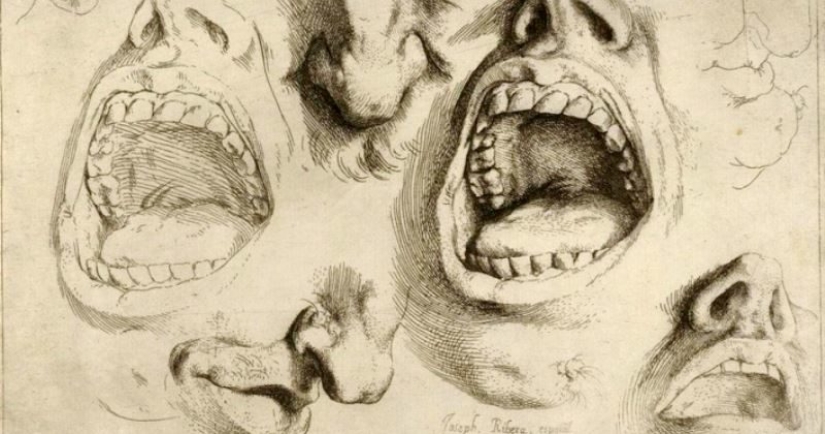
Images of torments and sophisticated ways of leaving life are present in the works of almost all masters of the Renaissance and Baroque eras, but among them there are those who especially distinguished themselves. No painter in the history of European art was so sophisticated in depicting torture and death as Jose de Ribera (1591-1652).
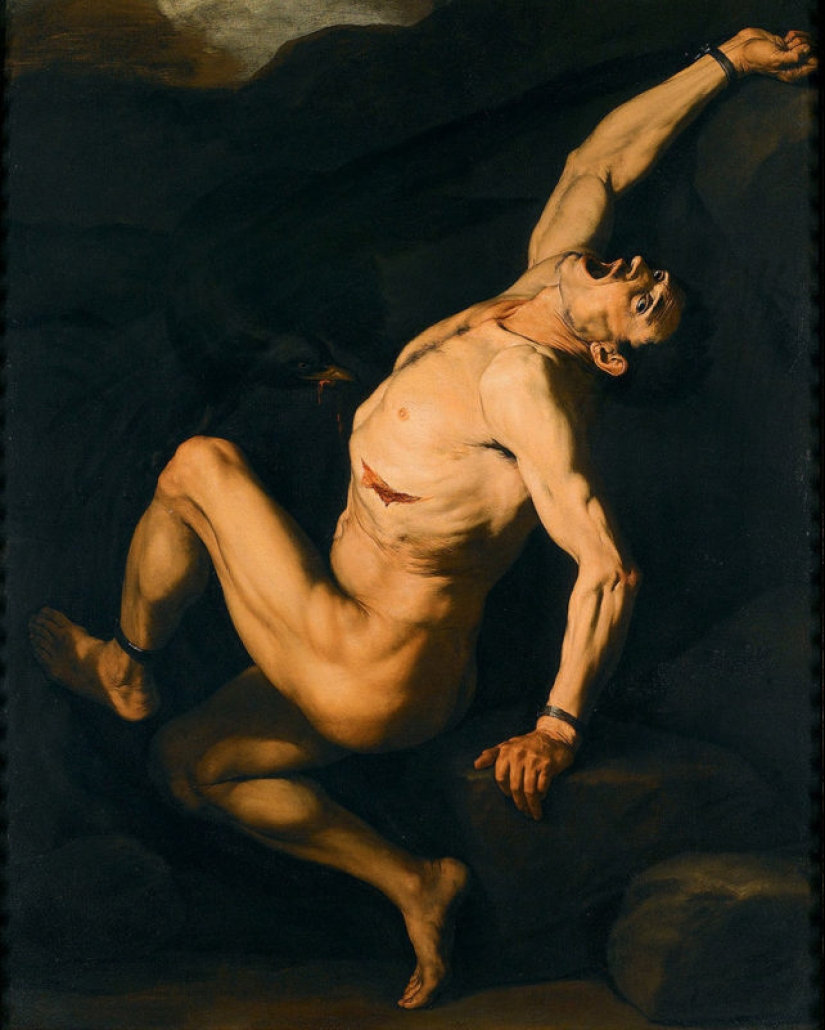
Ribera was born in Valencia, Spain, where he began his career as a painter, and by the age of 20 he moved to Italy. In Rome, the young talent gained fundamental knowledge in classical painting, and also acquired serious debts. This forced him to leave the Eternal City in 1619. In Naples, where the artist settled, his work was particularly liked by the clergy, who showered young Jose with orders and caressed him with decent fees. The clergy immediately noticed that the young man with a round, good-natured face turned out the best canvases depicting passions and murders.
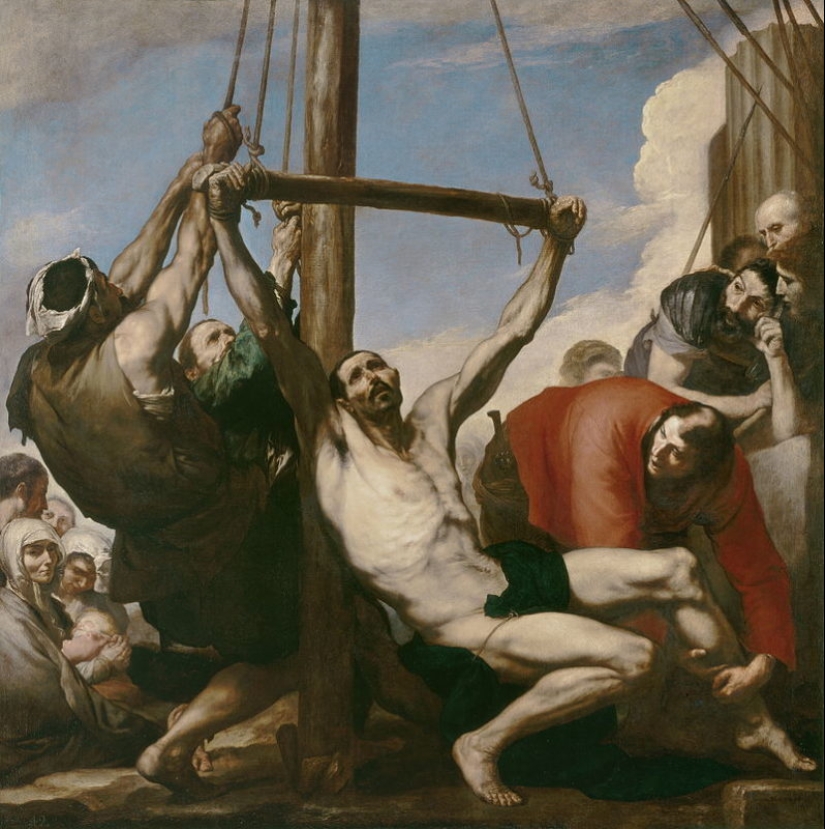
It was like this — the artist's death turned out to be very realistic, and he drew the instruments of torture and wounds with great knowledge. The essence of Jose de Ribera 's work was best formulated by the French poet and critic of the XIX century Theophile Gautier:
Superstitious and suspicious townsfolk did not like Ribera too much — the artist was haunted by bad fame all his life — he was reputed to be a murderer and a cannibal. There is not a single reliable mention of the criminal tendencies or mental deviations of the artist, but his works speak for themselves. Most people, when confronted with Jose's paintings for the first time, stated that only a person who is used to causing them can portray suffering so reliably.
An excellent illustration of Ribera's dark genius can be two of his works dedicated to the martyrdom of St. Bartholomew, one of the 12 apostles. The saint, especially revered by the Armenian Church, died in Asia Minor, where he preached the teachings of Jesus. According to the canonical description, Bartholomew was skinned alive and then beheaded.
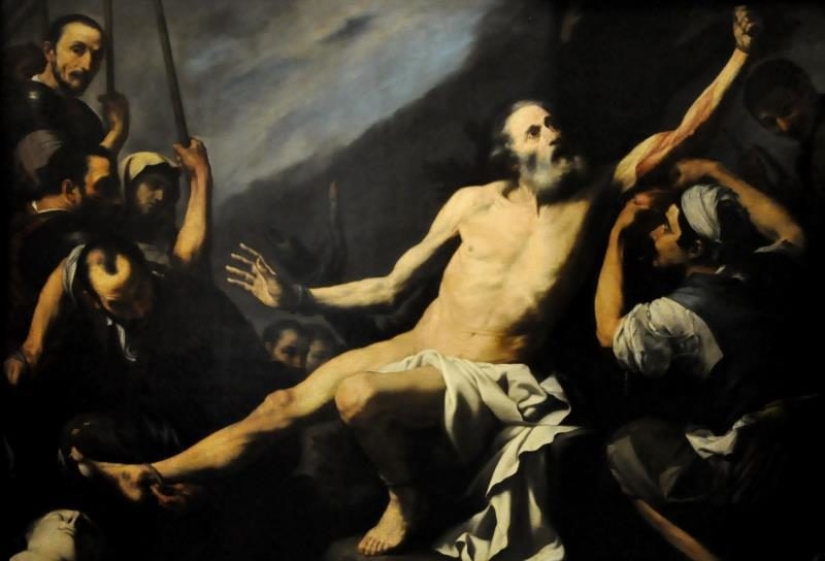
Ribera first turned to this story in his youth. One of his early canvases captures the moment before the execution — the naked body of the saint, his humble face and the triumphant executioner examining the victim. The picture evokes strong emotions, but does not terrify the viewer.
Another work of the artist dedicated to the same martyr is perceived quite differently. On it, the triumphant executioner has begun his terrible work and laughingly tears the skin off Bartholomew's hand. The canvas evokes an eerie feeling, and its main accent is not the renounced face of the apostle, but the carnivorous grin of his torturer.
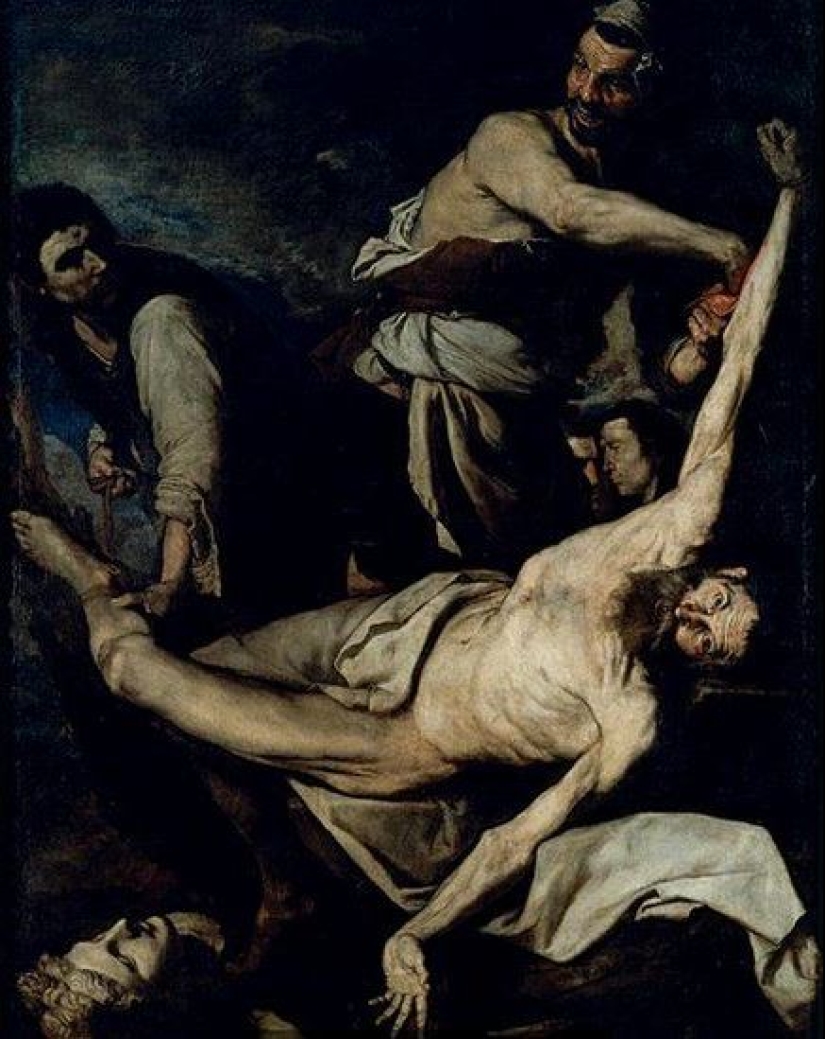
In general, the topic of skinning a living person was especially loved by Ribera. Another canvas on this topic depicts a scene from ancient mythology — on it Apollo peels off the skin of the satyr Marcius, who dared to challenge God to a musical contest. Every detail of the scene is spelled out with terrifying precision, and it seems to the viewer that he hears the cry of Marcia dying in agony.
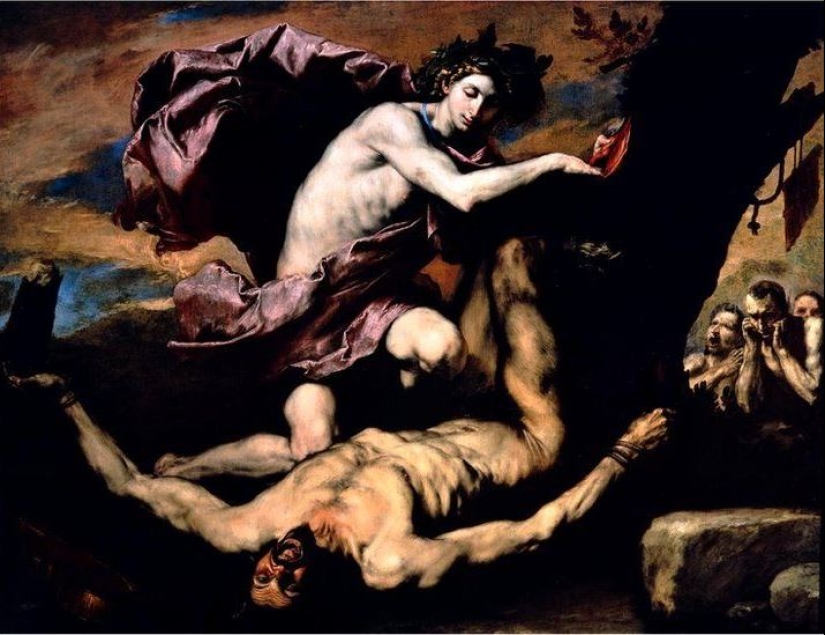
A significant contribution to the demonization of Ribera was made by his less gifted competitors. It was said that he intimidated other artists in order to get the desired order himself, and once he was even accused of murder. One of the rivals of the Spanish painter, Domenichino from Bologna, died in the prime of life under very strange circumstances, which immediately gave food to rumors about the treacherous poisoning of a competitor.
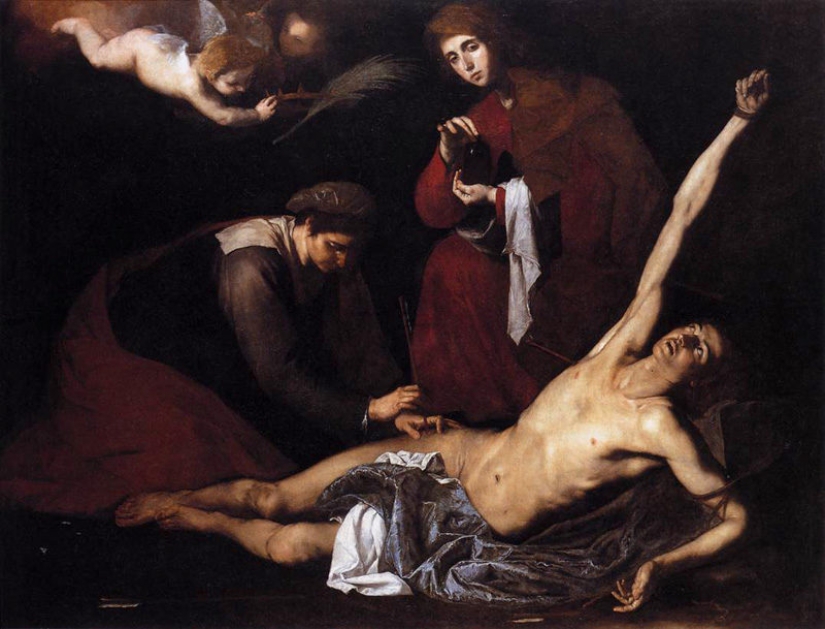
Another attempt to understand the ambiguous work of Jose de Ribera was recently undertaken by the organizers of the exhibition of the artist's masterpieces at the London gallery Dalich. The exposition presented Ribera's most creepy creations and had the appropriate title: "Ribera: the Art of Cruelty." The leading European experts of medieval painting expressed their opinion about the works of the Baroque artist, who came to a common verdict — "Innocent".
The outcome of the debate around the works of Jose de Ribera reflects the opinion of one of the curators of the exhibition, Edward Payne:
To convince visitors that Jose de Ribera is not a maniac, but simply a brilliant artist of his time, documents from the XVI–XVII centuries describing the justice of that era were also presented at the exhibition in London. These artifacts demonstrate how commonplace indifference to other people's suffering was in Ribera's time, and bring the guests of the exposition to the fact that the Spanish painter is guilty only of having mastered the skill of conveying emotions and anatomical details to a high degree.
Recent articles

While the sun practically disappeared from the sky above the Arctic Circle and the night seemed endless, the Vikings prepared to ...

This is for us, people, the New Year is one of the most important holidays of the year. But for animals, it's all a fuss, running ...

If it seems to you that the New Year holidays are being celebrated somehow incorrectly, then you definitely haven't seen these ...